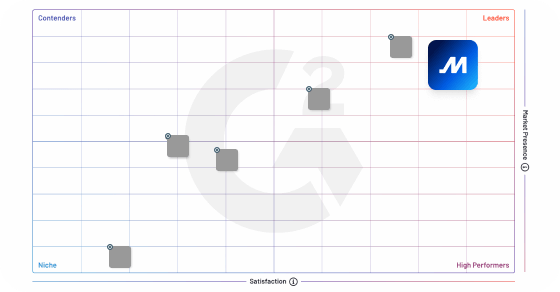A light goods vehicle (LGV) is a commercial vehicle used mainly for the transportation of goods in small quantities or locally. The term LGV is common in the United Kingdom and Europe to refer to vehicles that have a maximum weight of up to 3.5 tons. Comparable vehicles in North America would be small panel vans or larger box trucks.
The specification of LGV helps industries know what type of license or training is required to drive the vehicle. Some LGVs are also used for transporting hazardous materials, such as chemicals or explosives, which require additional special training and licensing.
LGVs come in many different shapes and sizes and are equipped with a cargo area that can be enclosed or open, depending on the type of goods being transported.
Frequently Asked Questions
What does LGV mean on a truck?
LGV stands for a light goods vehicle in the European Union and other parts of the world (including Australia and New Zealand). These trucks have a gross weight of up to 3.5 tons (7,716 pounds). Delivery vans and some box trucks qualify as LGVs.
These vehicles are designed to carry smaller loads, travel shorter distances, or specific cargo. A license is needed to operate LGVs.
What does LGV mean in transport?
In the context of transport, LGV refers to a category of commercial vehicles used for transporting goods. LGV stands for light goods vehicle. The term is commonly used in the United Kingdom, Europe, Australia, and New Zealand to categorize vehicles such as delivery vans or box trucks.
What is the meaning of LCV?
LCV stands for light commercial vehicle. This type of vehicle weighs a maximum 3.5 tons (7,716 pounds) and is commonly used for transporting goods or equipment. Typically smaller than large good commercial vehicles, LCVs include vans, pickups, and small trucks.
What is the meaning of HGV and LGV?
HGV stands for heavy goods vehicle while LGV stands for light goods vehicle. HGVs are typically larger and built for greater durability and reliability in transporting goods on the road. LGVs are smaller and used for lighter loads. Both types of vehicles require licenses and must abide by specific regulations for operation on the roads.



